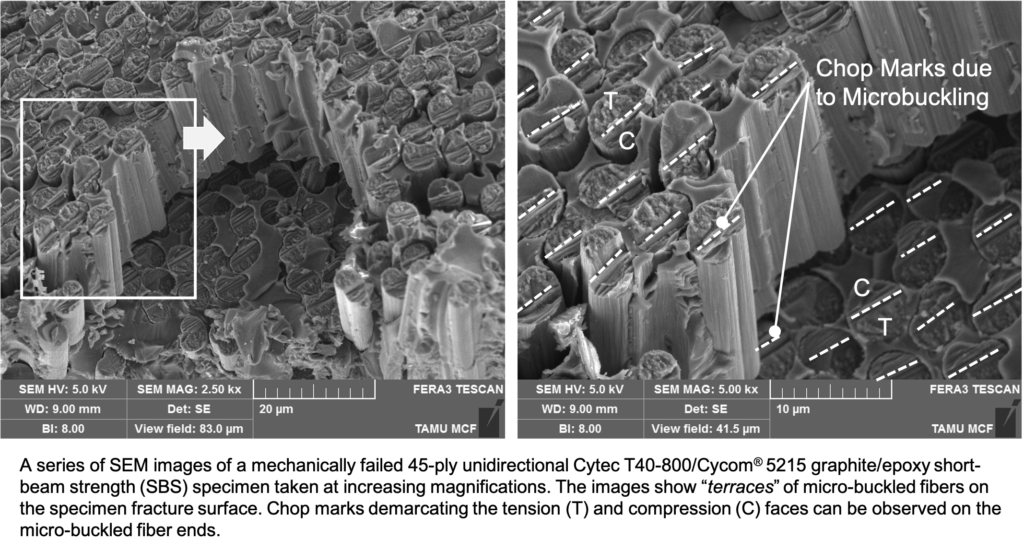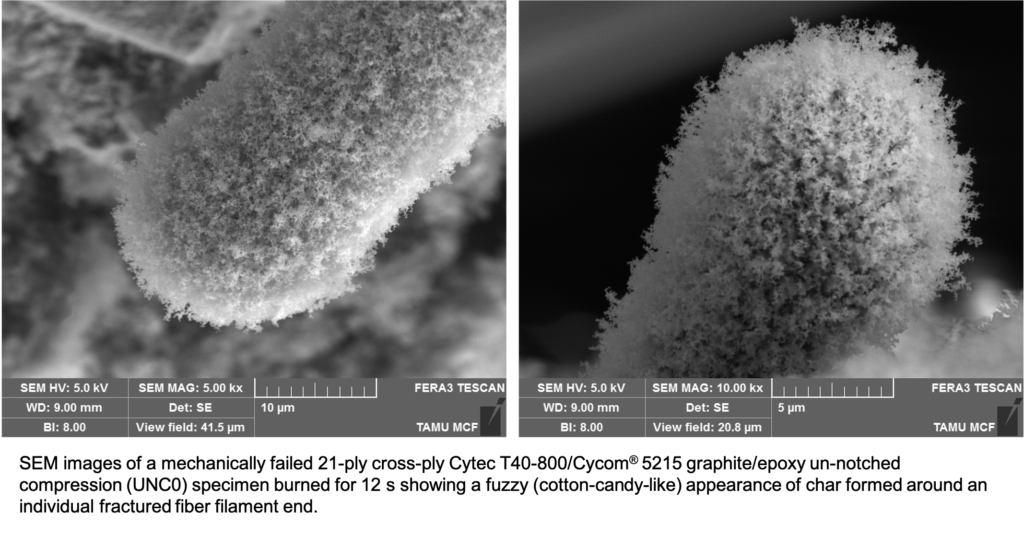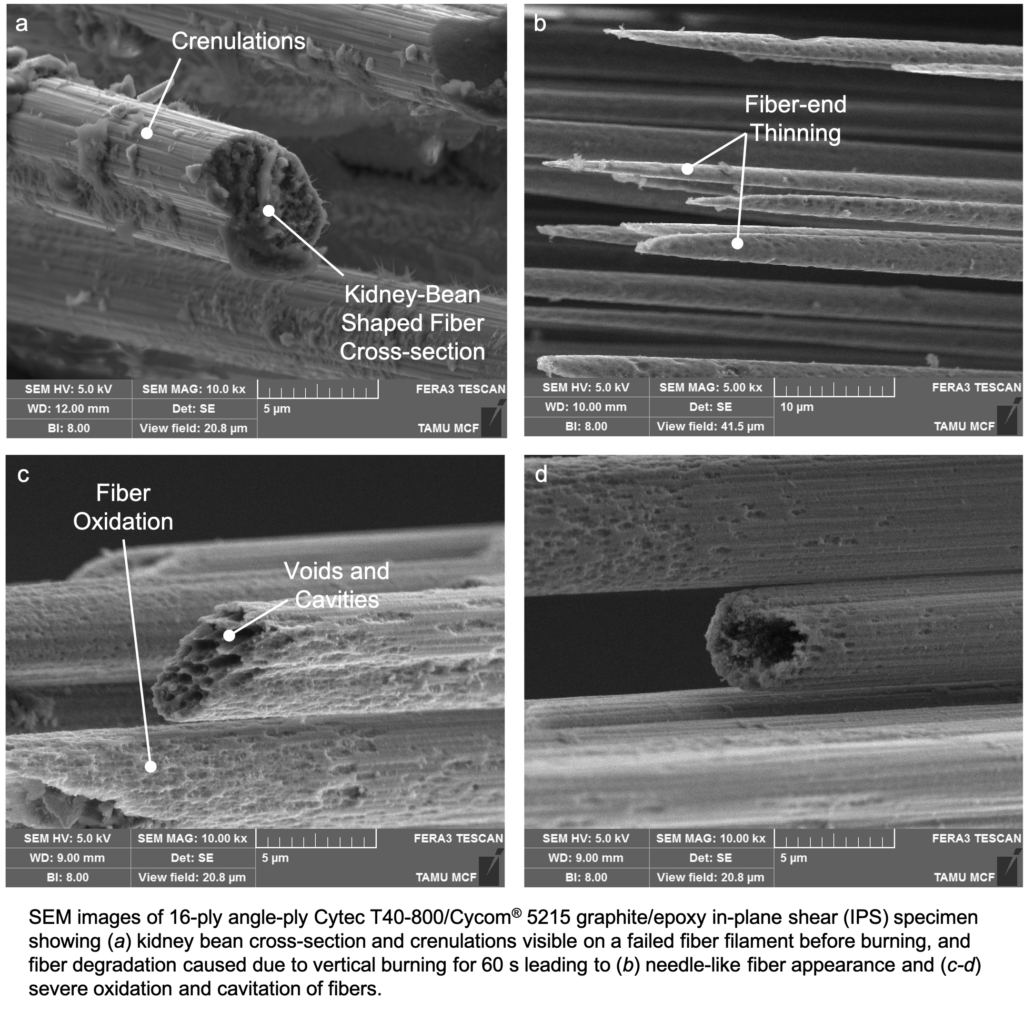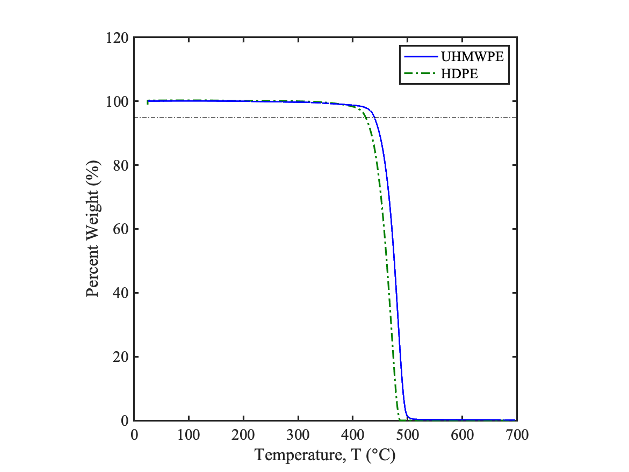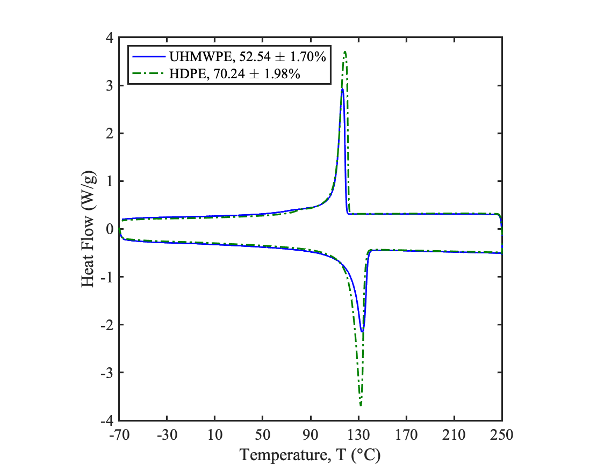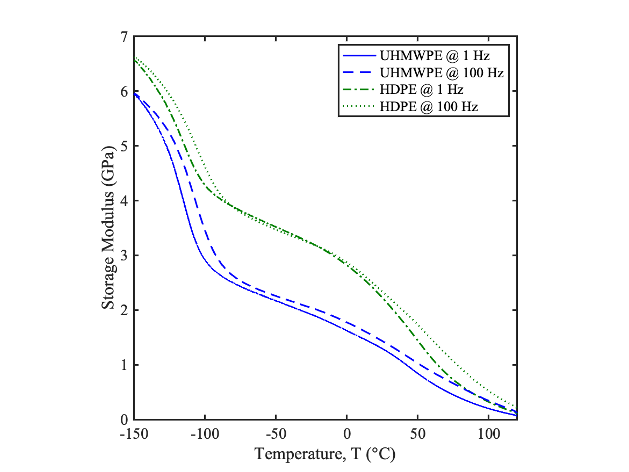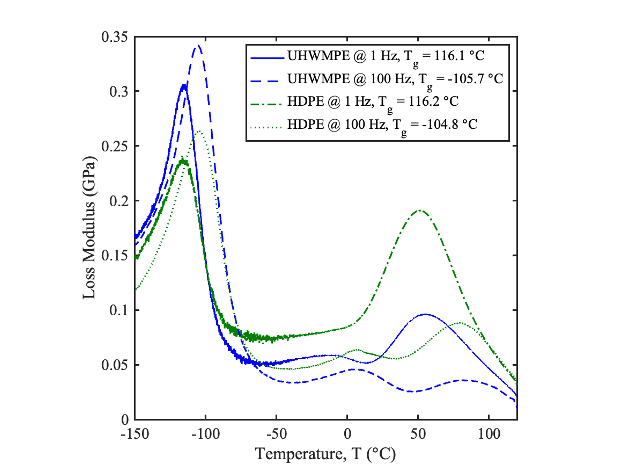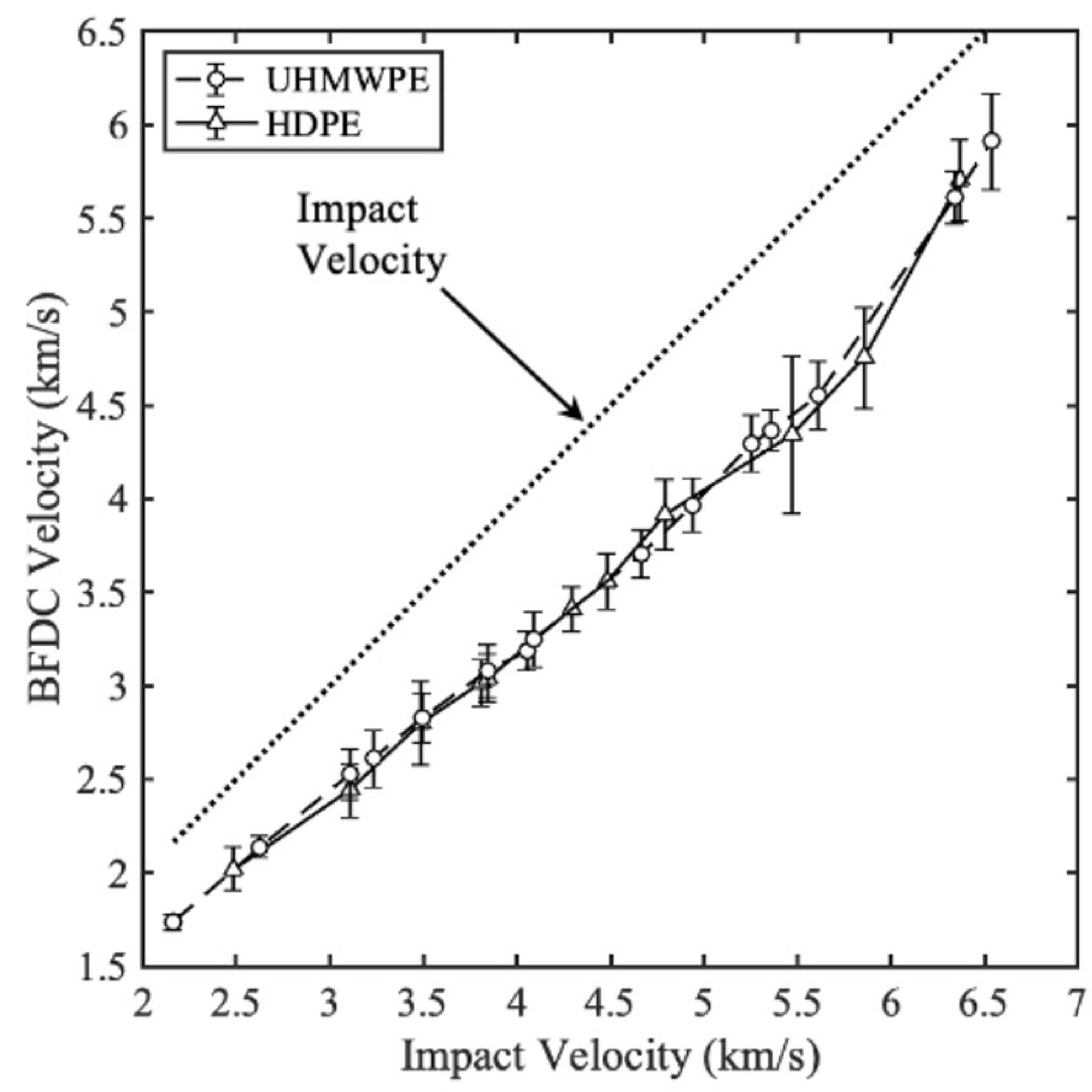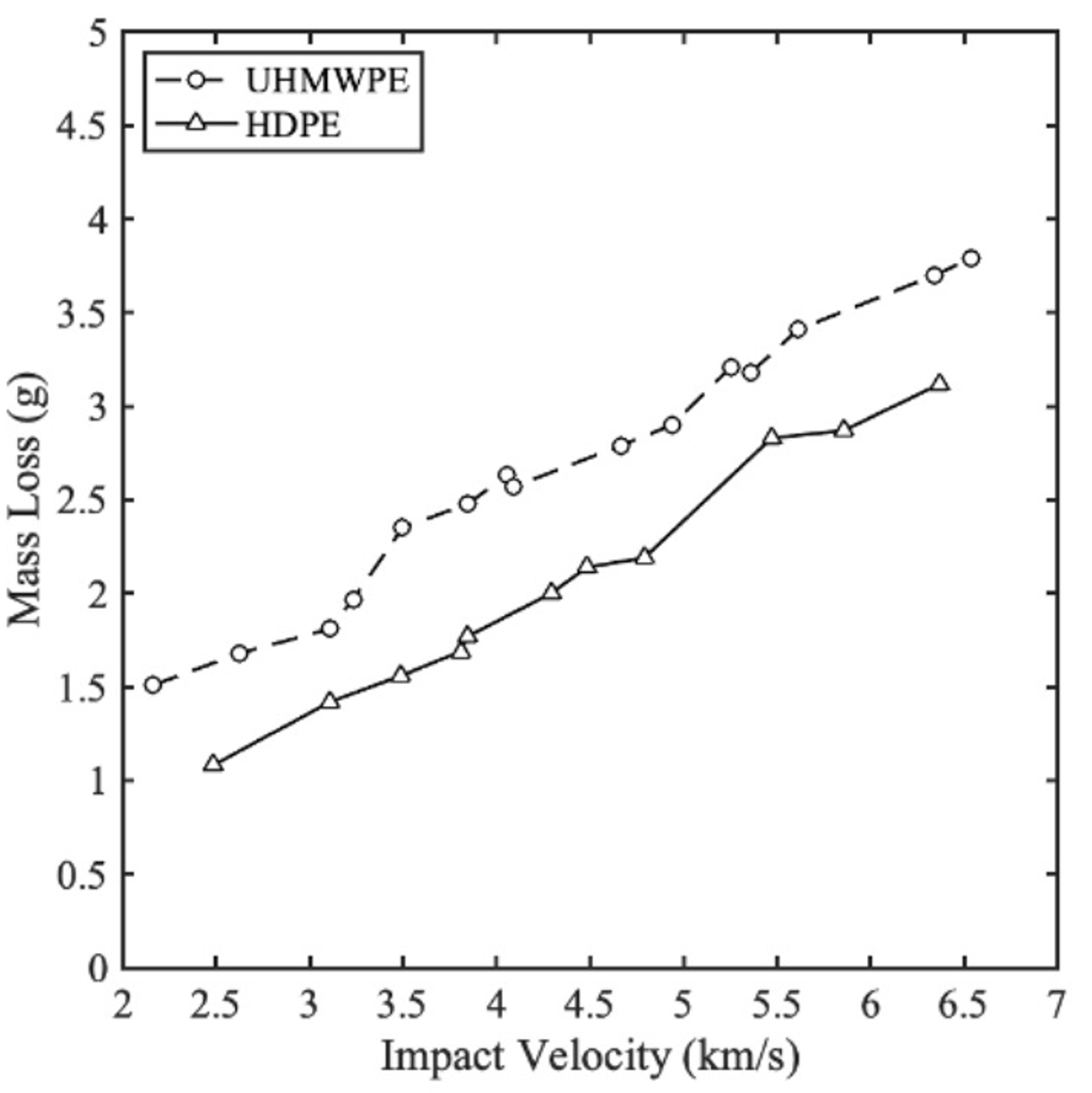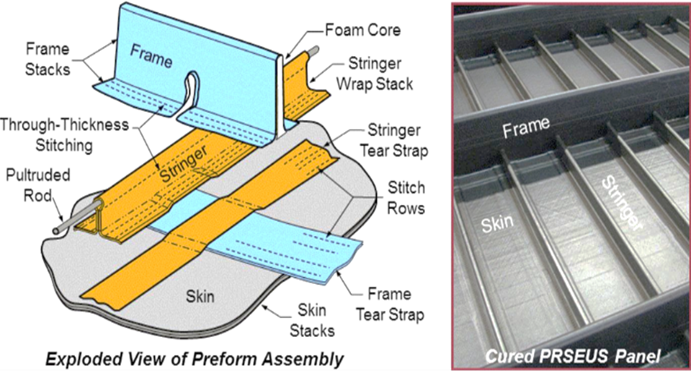NOTE: The Materials for Extreme Environments (MEE) team has multiple on-going hypervelocity research projects on various materials, structures, and environmental debris. The content below is a summary of all projects and is not meant to be comprehensive.
Principle Investigator(s) (PIs): Thomas Lacy, Jr.
Affiliated Researchers: Waruna Kulatilaka, Kalyan Raj Kota, Jacob Rogers, Aniket Mote, Paul Mead, Khari Harrison, Gavin Lukasik, Joseph Stricklin, Max Murtaugh, Cullen Miller, James Leaverton, Nathaniel Bass
Funding Agencies: NASA, NSF, ERDC
Summary
The MEE team has expertise in performing hypervelocity impact (HVI) testing and hypervelocity-related research. For a brief read about our history with HVI research, see here. All current HVI experimental research is conducted at the recently-established Texas A&M Hypervelocity Impact Laboratory (HVIL). Our current research projects deal primary with developing materials and material structures for HVI mitigation. However, some projects focus directly on the hypervelocity projectile and its interactions with water droplets, air, and debris.
Novel materials and material structures currently being investigated for enhanced HVI mitigation include (but are not limited to)
- metals.
- polymers.
- high-performance concretes.
- carbon composites.
- layered hard/soft materials.
- additively manufactured structures.
- architected structures.
The HVIL testbed also enables the the impact of various atmospheric environments and debris, including (but are not limited to)
- water droplets.
- dust particles.
- ice particles.
- air (or other gases).
Projectile shapes include (but are not limited to)
- spherical.
- cylindrical.
- long rod.
- ogive.
- distributed impacts (down to 0.8 mm individual projectiles).
Projectile materials include (but are not limited to)
- aluminum.
- steel.
- titanium.
- tungsten.
- nylon.
- polycarbonate.
- geomaterials (e.g., sand).


